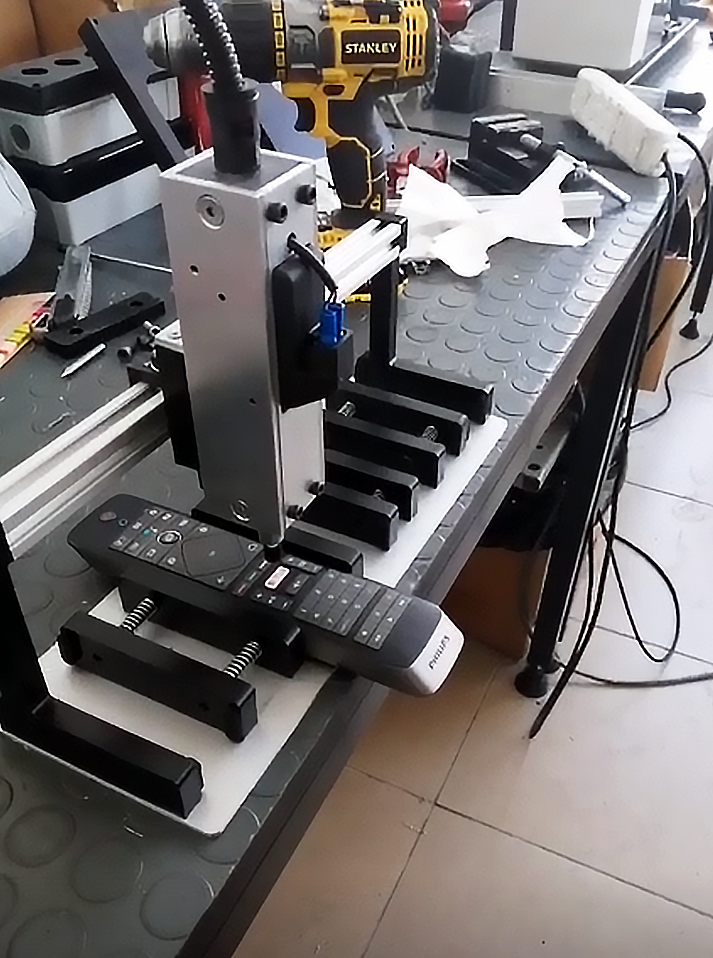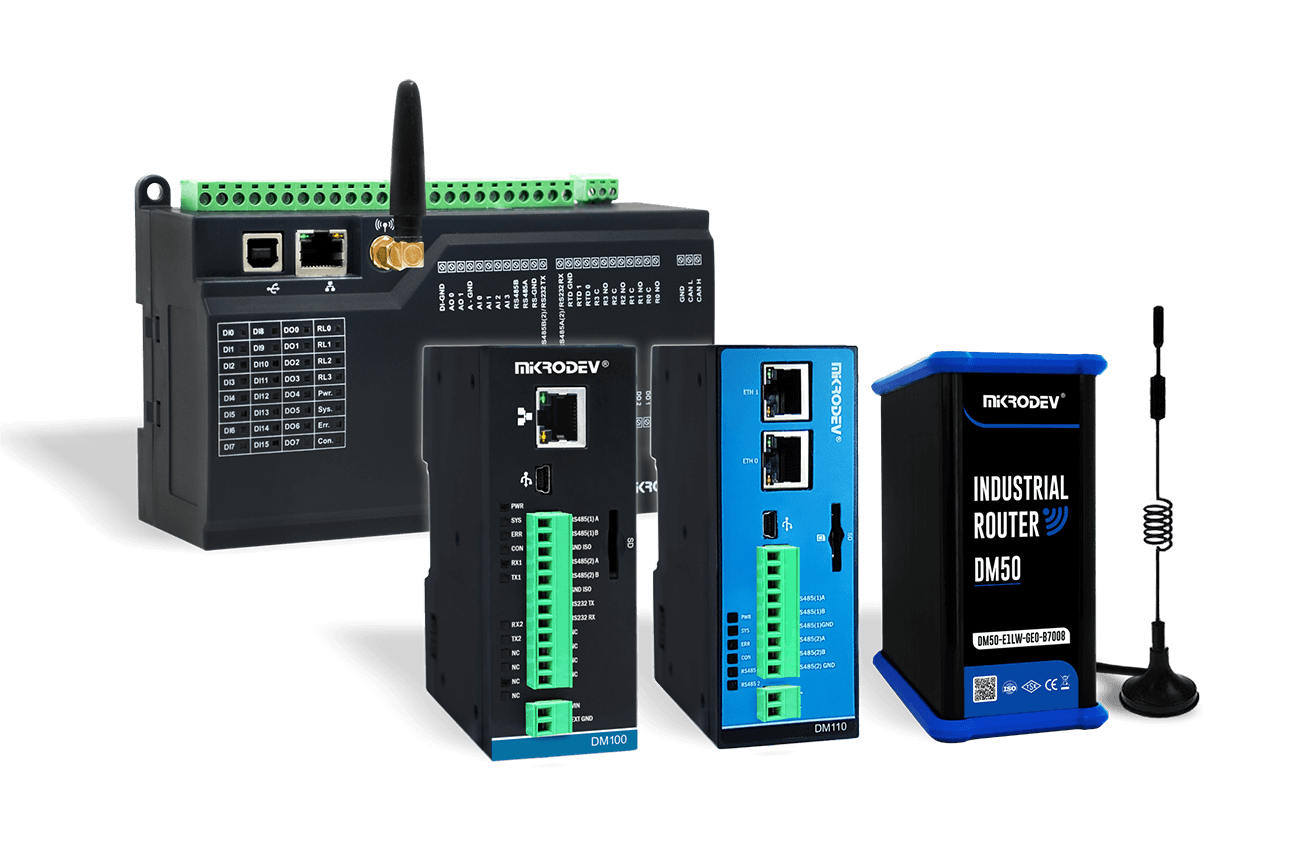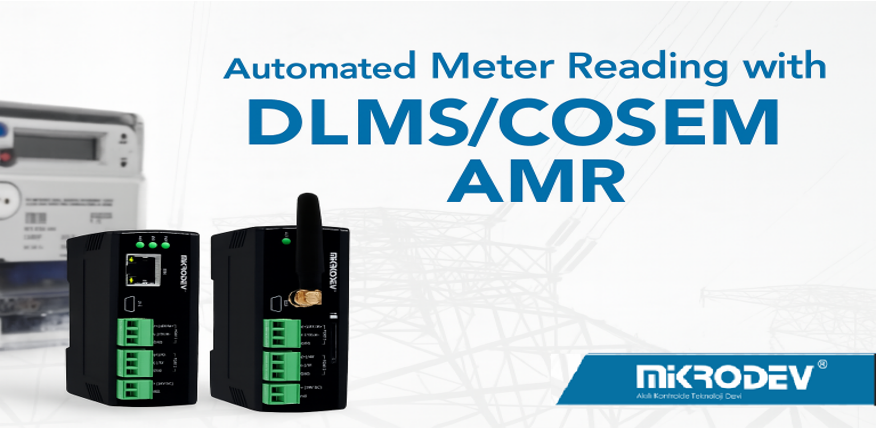Imagine 3,000 alarms sounding in one shift. The operator tries to pick out the real danger within the noise, stress increases, and errors multiply. A critical pump stops a few minutes later, and the chain of events begins. This article offers a clear path to silence that noise and turn it into a useful alarm.
The problem is clear: poorly configured SCADA alarms exhaust teams and reduce operator effectiveness. Unnecessary notifications, repetitive alerts, and bad priority settings flood the screen. In this situation, event management turns into a reaction, and foresight is lost.
ISA-18.2 provides a practical framework for good alarm management. The standard defines the steps for the philosophy document, design, rationalization, priority, alarm limitation, and continuous improvement. This means every alarm has a purpose, an owner, and a measurable value.
A brief example: a tank level sensor goes out of calibration, and low level, high level, and trend alarms rain down one after the other. The operator becomes indecisive, closes the wrong valve, and production stops. With ISA-18.2 rationalized SCADA alarms, the operator is guided by a single, clear alert and the correct priority. The operator takes the right step in time.
This approach strengthens both safety and continuity. Operator effectiveness increases, and instantaneous decisions are more accurate. Event management is fed by recording and analysis, and recurring alarms are reduced through root cause corrections.
If you are not familiar with the basic concepts, it is useful to briefly review the function of SCADA. For an overview, check out this source: SCADA fundamentals and applications. This background makes the ISA-18.2 steps more understandable.
In conclusion, a solid alarm management culture requires clear priority, consistent rules, and measurement. ISA-18.2 is a proven guide on this journey. When SCADA alarms are simplified, operator effectiveness rises and risk decreases. Now is the time to reduce the noise and move to useful alarms.
What are the Fundamental Principles of Alarm Management?
Alarm management begins with reducing unnecessary noise and giving the operator the right information at the right time. The goal is to highlight only the actionable SCADA alarms. Alarm noise is the sum of alerts that repeat frequently, are meaningless, or do not require action. This noise disrupts the event management flow, hides the real risk, and decreases operator effectiveness.
A useful alarm offers a clear reason, a clear action, and appropriate priority. The message is understandable, related to a measurement, verifiable in the field, and recorded. ISA-18.2 systematically establishes this framework. The standard defines the steps for philosophy, rationalization, and sustainability.
Prioritization is done according to risk and time sensitivity. High priority is reserved for alarms that carry a risk of safety or equipment damage and require rapid intervention. Medium priority includes alerts that affect process quality but do not pose an immediate danger. Low priority is for issues such as information or maintenance tracking. This ranking feeds the correct escalation flow within event management.
Ways to Reduce Alarm Noise
Reducing noise requires simple, regular, and measurable steps:
-
Remove unnecessary alarms: Move notifications that do not require action to the event log. If an alarm doesn’t involve an action, it’s not an alarm.
-
Adjust setpoints: For example, move the tank level alarm above the normal fluctuation. Add hysteresis and a delay.
-
Consolidate repetitive alerts: Link three alarms originating from the same root to a single root cause alarm.
-
Use state-based suppression: Automatically silence related alarms during maintenance, start-up, or bypass conditions.
-
Trend and predictive controls: Implement a process adjustment instead of a trend alert for continuously oscillating measurements.
A simple example: Short-term sensor dithering on a packaging line generates 30 alarms per second. With a 2-second delay, 0.5 unit hysteresis, and start-up suppression, the alarm count is reduced by 95 percent.
Priority Alarm Strategies for Operators
Operator effectiveness increases with clear priority and a well-organized screen flow:
-
Priority definition: Determine 3 or 4 levels based on safety, environment, equipment, production quality, and cost impact.
-
SCADA implementation: Match color, sound, and list order with priority. High-level alarms should appear at the top with a unique sound.
-
Link to workflow: Write the expected action for each alarm in a short text. E.g., “Stop Pump P-101, close valve V-12.”
-
Review cycle: Weekly analyze the top 20 most frequent alarms. Correct the root cause, do not add a new one.
Well-designed alarms clear the operator’s mind and shorten the decision time. This approach jointly strengthens alarm management, ISA-18.2 compliance, and the event management flow.
Effective Alarm Management with the ISA-18.2 Standard
ISA-18.2 defines an end-to-end lifecycle for alarm management. It starts with the philosophy document and covers the steps of identification, rationalization, detailed design, implementation, operation, monitoring, maintenance, change management, and auditing. The goal is to leave only the actionable alarms within the SCADA alarms, align priority with risk, and increase operator effectiveness and event management performance. The text suggests referencing the standard, a short diagram, and a simple flowchart; nevertheless, the focus is on clear rules.
Alarm Design According to ISA-18.2
Alarm design begins with the rules written in the philosophy document. The reason, consequence, expected operator action, and priority definition for each alarm are recorded. The backbone of the design is as follows:
-
Limit setting: Set the threshold based on the natural variability of the measurement. Add hysteresis and an acknowledgment delay. Use state-based suppression during start-up, maintenance, and bypass conditions.
-
Priority assignment: Determine with a risk matrix. Consider the impact (safety, environment, equipment, production) and the response time. Match visibility on SCADA screens with color, sound, and order.
-
Tagging and naming: Combine a consistent short name, equipment code, and measurement type. E.g., TK-101_LVL_HH.
-
Grouping: Establish groups according to process area and equipment. Consolidate root cause-related alarms under a single master alarm. Reduce unnecessary repetitions with state-based grouping.
-
Message content: Write a short, action-oriented, and verifiable message. E.g., “Stop P-101, close V-12, check local pressure.”
-
Documentation: Create fields for the owner, maintenance notes, test method, and acceptance criteria for each alarm.
Maintenance and Improvement in Standard Practice
Post-implementation monitoring is the engine of the alarm management cycle. Select clear indicators, review them regularly, and make them sustainable with change management.
-
Performance indicators: Total alarm rate, number of alarms in the busiest 10 minutes, number of standing alarms, number of chattering alarms, average acknowledgment time, time to return to normal, operator load.
-
Operator effectiveness: Measure whether action steps are taken timely and correctly. Compare acknowledgment and response times for high-priority alarms against targets. Make monthly top 20 alarm analysis a standard routine.
-
Process updating: Revise limits, hysteresis, suppression conditions, and message texts after a root cause analysis. Record all changes, and conduct periodic audits.
Case study proposal: Monitor a water treatment plant for 30 days. Assume an initial average of 12 alarms/10 minutes and 40 standing alarms. Implement hysteresis, a 2-second delay, and state-based suppression. Aim to reduce the rate to 3 alarms/10 minutes and standing alarms to single digits after 8 weeks. Target reducing the operator acknowledgment time from 45 seconds to 20 seconds. Share the results with a monthly report and a simple flowchart.
Regular measurement, small and rapid corrections, and disciplined recording jointly enhance the success of alarm management, ISA-18.2 compliance, event management, and priority.
Benefits and Implementation Steps with Best Practices
Alarm management, with ISA-18.2, offers a clear path to transition from noise to a useful alarm. The goal is to leave only the actionable alarms within the SCADA alarms, align priority with risk, and improve operator effectiveness and event management outcomes. Follow these steps to get started:
-
Write an alarm philosophy: Define the purpose, scope, priority rules, and metrics.
-
Create an inventory: List all alarms and classify them.
-
Rationalize: Assign a reason, action, owner, and priority for each alarm.
-
Implement the design: Activate threshold, hysteresis, delay, and state-based suppression.
-
Monitor and improve: Weekly analyze the top 20 alarms, and correct the root cause.
A suitable SCADA infrastructure accelerates implementation. For example, a platform with strong alarm and event processing capabilities facilitates this flow, see: Advanced alarm handling in ViewPLUS SCADA systems.
Real-Life Success Stories
In an energy plant, the number of high-priority alarms decreased significantly after rationalization according to ISA-18.2, and the operator load dropped. This effect is also seen in the AlarmWatch example, where reported results showed a meaningful reduction in high-priority alarms.
A North field oil and gas operation modernized its alarm management by involving operators early in the process. With an ISA-18.2 compliant design and screen layout, response times shortened, and unnecessary alarms were cleared. The common denominator in these examples is clear: alarm management, ISA-18.2, SCADA alarms, operator effectiveness, event management, and priority goals produce measurable benefits.
Common Mistakes and Ways to Avoid Them
-
Defining too many alarms: Move non-actionable alerts to the event log, and reduce the alarm count.
-
Not using hysteresis and delay: Dithering sensors produce noise. A small delay and appropriate hysteresis break the noise.
-
Incorrect priority: Determine 3-4 levels based on impact and response time, and apply them consistently.
-
Lack of state-based suppression: Automatically silence related alarms during start-up, maintenance, and bypass conditions.
-
Ambiguous operator action: Add a short, clear action sentence to every alarm.
-
Not monitoring: Plan root cause corrections with a monthly top 20 alarm report.
This article showed how you gain confidence and speed when you reduce noise through alarm management. An ISA-18.2-based approach leaves only the actionable SCADA alarms, clarifies priority, and improves operator effectiveness and event management outcomes. The rules are simple but effective: a standard philosophy, consistent design, rationalization, and regular monitoring.
Now, take action. Pull out your top 20 alarms, check the reason and action text, and review the hysteresis and delay conditions. Measure the impact and response time of high-priority alarms. Select a pilot area, track metrics for four weeks, and apply root cause corrections. With small, regular improvements, you will quickly reduce the noise.
Looking ahead, methods like data analytics and state-based suppression will become more important. Many teams are building more consistent decision flows by linking their alarm management processes with CMMS and quality systems. When you maintain the discipline of ISA-18.2 and make measurements visible, these developments naturally generate value.
In summary, alarm management is a culture to be maintained, not a project. Stick to the standards, apply simple rules with determination, and report results transparently. As SCADA alarms simplify, risk decreases, and teams make calmer, clearer decisions. Start today, and feel the difference in the next shift.












